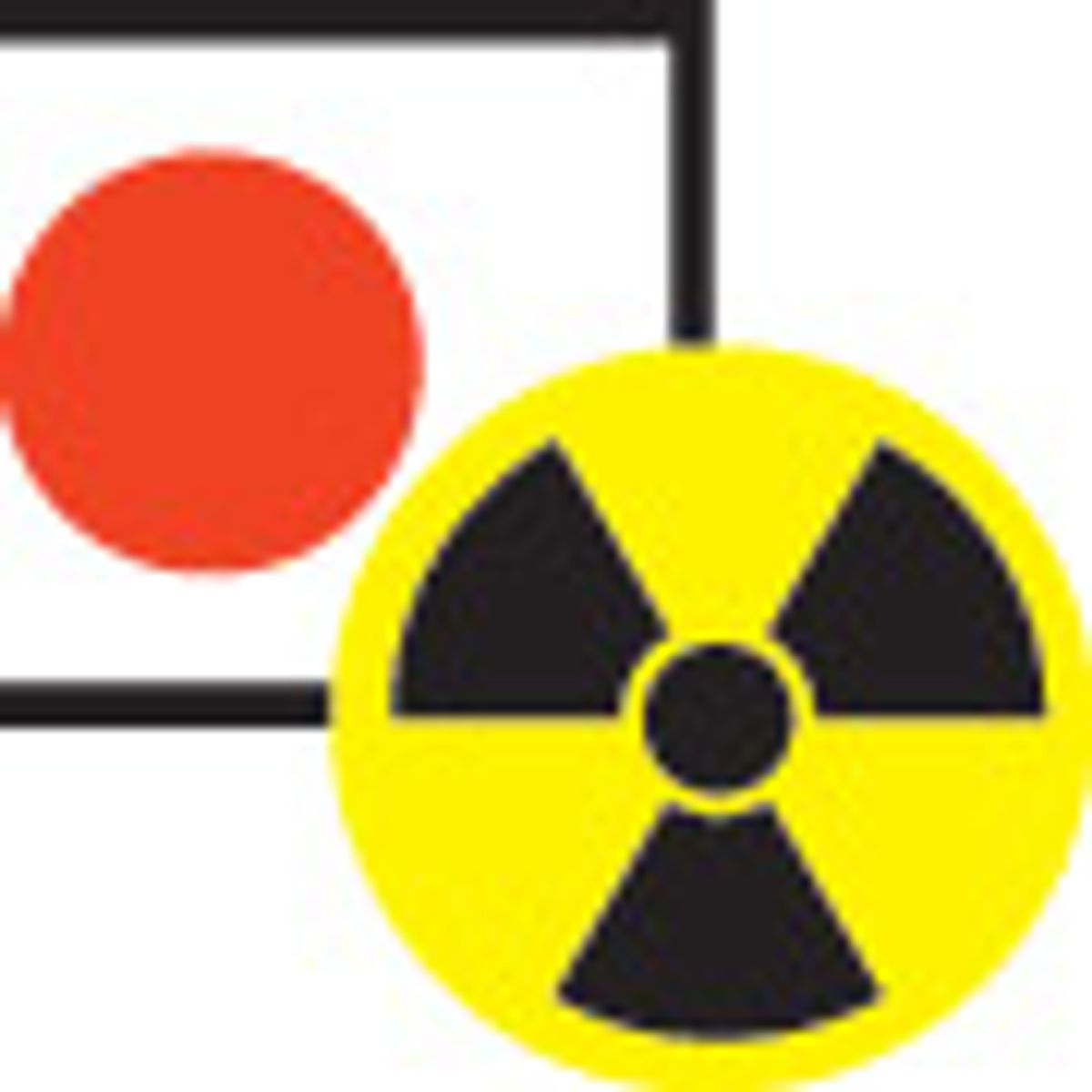Editor's Note: This is part of the IEEE Spectrum special report: Fukushima and the Future of Nuclear Power.
11 January 2012—One month after the March 2011 Fukushima Dai-ichi nuclear accident, ocean water at the plant’s wastewater discharge point had 45 million times the concentration of radioactive cesium-137 than before the accident, according to researchers in Japan and from the Woods Hole Oceanographic Institution. The numbers plummeted the next month because ocean currents moved the contaminants away from shore. By July, numbers were down to 10 000 times as high as normal.
This latest analysis, reported in the 1 December 2011 issue of the journal Environmental Science & Technology, indicates that the concentration in ocean water poses no direct threat to humans or marine life. However, accumulation in marine sediment could be of concern for decades, says Ken Buesseler, a marine chemist at Woods Hole who was involved in the research.
What’s also troubling is that cesium-137 concentrations have stayed at near constant levels since July, implying that radioactive water is still being released, either directly from the reactors or indirectly from groundwater. "I’m convinced there are ongoing leaks," Buesseler says. "Even if you plug all leaks and shut down reactors, groundwater keeps leaching into the ocean and these waters and contaminated sediments can be a long-term source of cesium-137 for decades to a century."
As recently as 4 December 2011, the Tokyo Electric Power Company (TEPCO), the plant operator, disclosed that 45 tons of water laced with radioactive strontium had leaked into the ground from a treatment facility. Strontium, which has a 30-year half-life similar to cesium’s, can accumulate in bones and is linked to bone cancer. Small fish that are eaten with their bones could be a source of exposure.
During the accident, TEPCO used seawater to cool exposed reactor cores and spent fuel. The less-contaminated wastewater was intentionally dumped into the ocean to make space for more highly contaminated water. However, leaks from the damaged reactor buildings led to the release of some of the highly contaminated water into the ocean.
Since the accident, TEPCO has been regularly testing surface ocean water samples near the plant for radioactive cesium and iodine levels; Buesseler and his colleagues compiled and analyzed this data for the ES&T report. Cesium-137, with its relatively long half-life, poses a long-term concern, unlike iodine-131, which has a half-life of just eight days. Significant amounts of cesium-137 from Soviet nuclear weapons were released into the ocean in the 1960s, but the concentration in the ocean east of Japan had gone down to 1.5 becquerels per cubic meter when last measured in 2010. In contrast, the biggest release from Fukushima this past April was 68 million Bq/m3, making it the largest accidental release into ocean waters in history.
Accumulation of radionuclides in marine sediment is the main concern, says Buesseler. But there isn’t much data on the sediment yet. Organisms that live in or on sediment, such as worms, shellfish, and bottom feeders, could be exposed to high radionuclide concentrations. "For a population that eats a lot of seafood, this is certainly of concern," Buesseler says.
Nicholas Fisher, a professor of marine and atmospheric sciences at the State University of New York at Stony Brook, says that the data Buesseler has presented calls for further in-depth evaluation of the marine environment around Fukushima. When Fisher, Buesseler, and their colleagues were in Japan to independently measure radiation in marine life this past June, they were not allowed to enter the waters within 30-kilometers of the coast. It’s possible that in the waters a few hundred meters around the reactor, organisms have radiation levels high enough to possibly pose a risk to humans if consumed, Fisher says, but "we just don’t know if that’s the case. Like any disaster, there’s a lot of stuff that needs to be evaluated before you can give the ’clear’ signal."
A few fish exceeding the Japanese government’s safe limit of 500 Bq of cesium-137 per kilogram of seafood have been found in waters off Fukushima, prompting a fishing ban in a 20-km radius around the plant. But contaminated seafood could easily move out of that zone and be caught, Fisher points out.
About the Author
Prachi Patel is a contributing editor to IEEE Spectrum and a freelance journalist in Pittsburgh. In December 2011, she reported on the detailed mapping of radiation on the ground near Fukushima.

